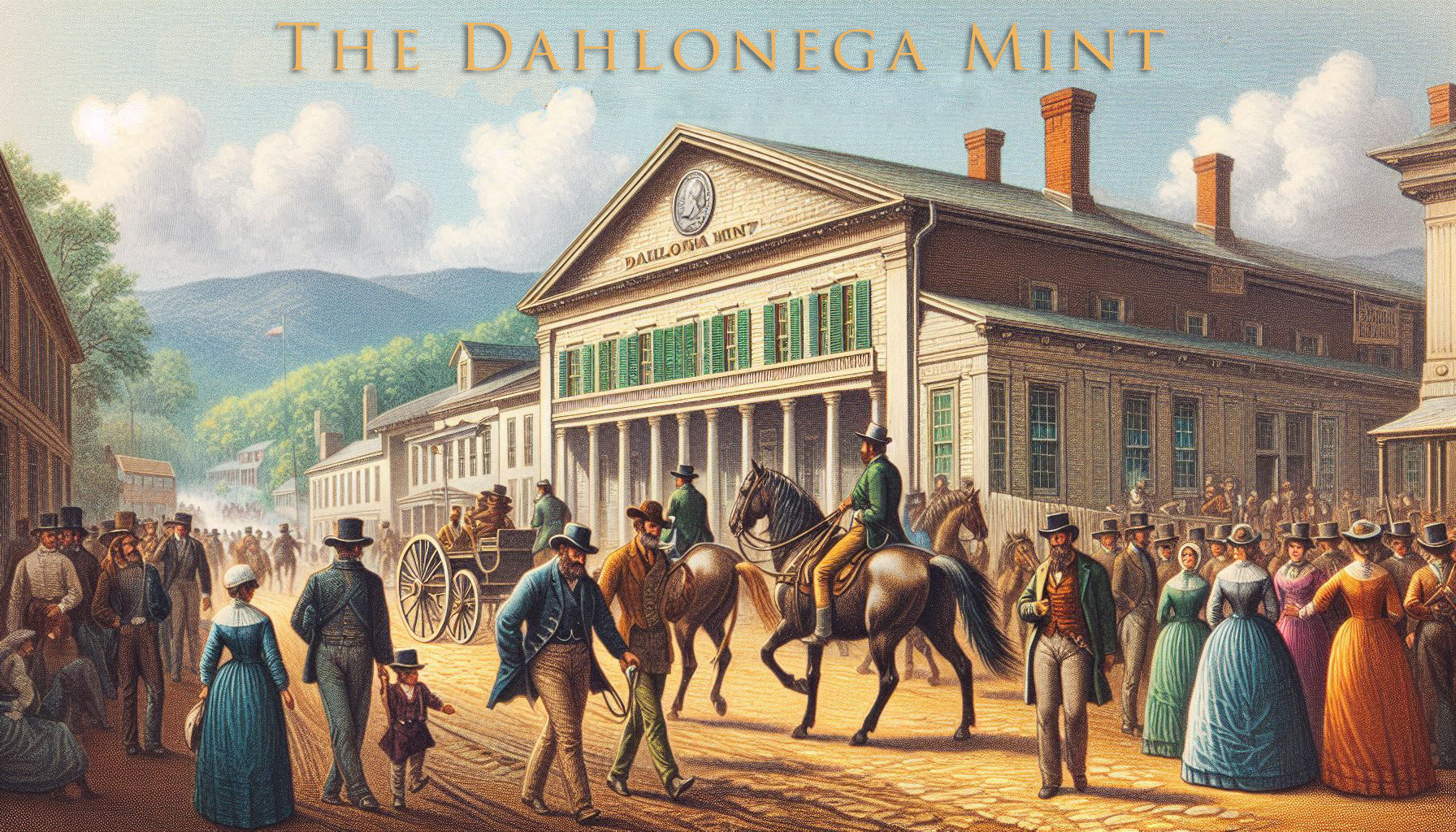
The Dahlonega Mint
April 1, 2025
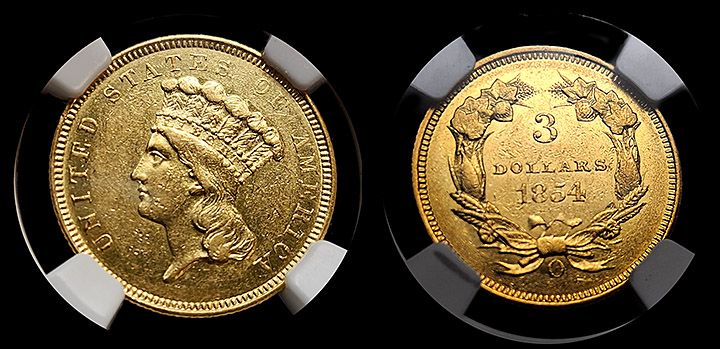
The Enigmatic $3 Indian Princess Coin
June 7, 2024
The enigmatic $3 Indian Princess coin, minted by the United States from 1854 to 1889, is a numismatic gem. Especially because of its rarity and beauty and the fascinating story behind its cr...
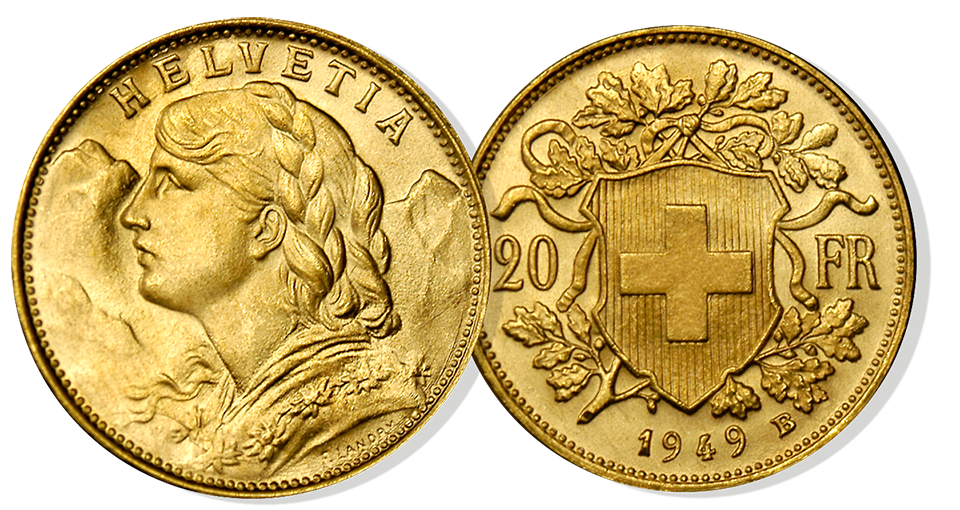
Symbol of Swiss Stability
May 5, 2023
The Swiss 20 Franc Helvetia gold coin represents Swiss stability and credibility. Furthermore, it has a long history dating back to the nineteenth century. Switzerland was undergoing a substantial economic and political...
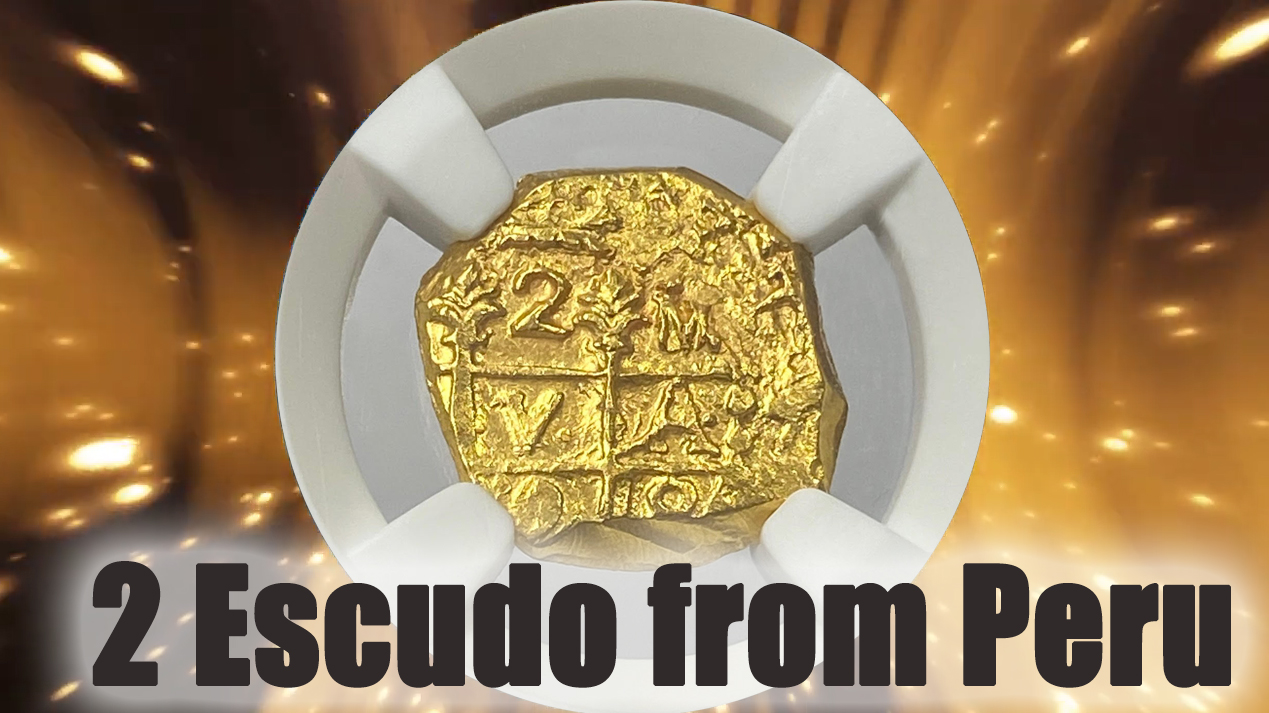
Failed Mint at Cuzco
September 17, 2022
Gold Cob collectors didn't learn the true story of the failed gold mint at Cuzco (1698-99) until 1964. For years, the truth was hidden in the Mint archives of Spain and Peru.
Prior to 1964 only one...
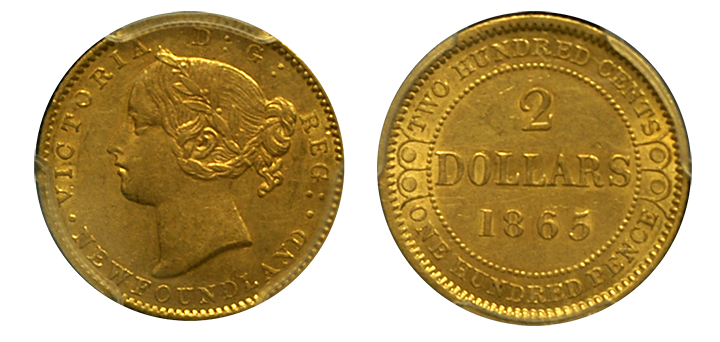
Last Province of Canada
August 13, 2022
Many people today are not aware that Newfoundland was independent and its own Dominion. Today, Newfoundland is the last province of Canada. This means it was the 10th and last province added. However, it was formerly known as the Newfoundland Colony. It wasn't until after World War II that it bec...
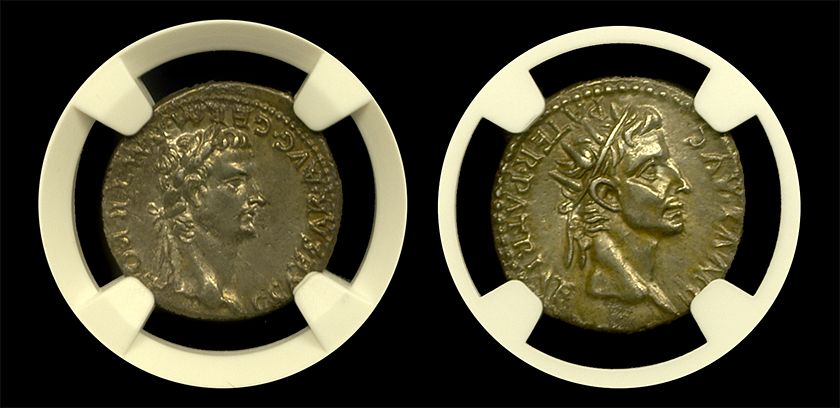
The Cruelest Roman Emperor
August 6, 2022
Roman Emperor Caligula is remembered as being the cruelest roman emperor. No one can say exactly why he was so cruel. Some speculate, that it was because he fell ill of syphilis 6 month into his ...
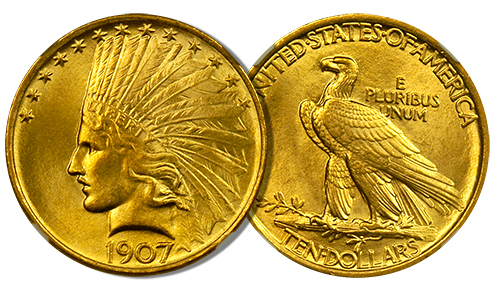
US gold coin redesign
July 29, 2022
US President Theodore Roosevelt was tired of minting the same old gold eagle and double eagle coins. To paraphrase President Roosevelt, the country needed a US gold coin redesign. In short, he had long been complaining that US coins lacked artistic quality. In fact, he decided to hire a priv...
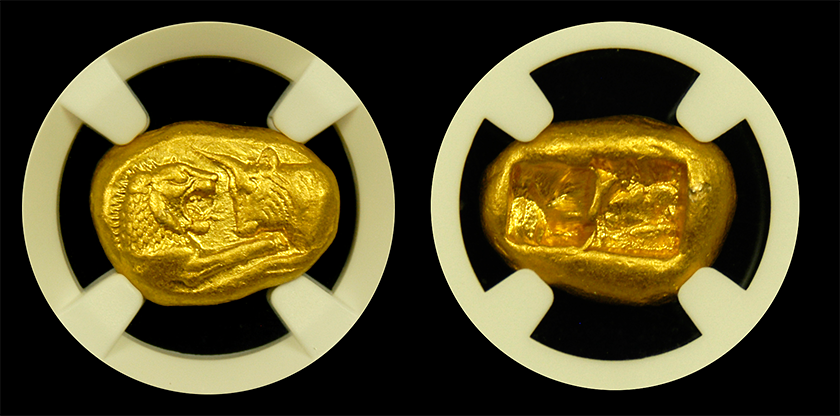
King Croesus Renowned Wealth
July 12, 2022
King Croesus renowned wealth became synonymous with his own name. The saying "rich as Croesus" originated in reference to his absurd affluence. Subsequently, Croesus reign became associated with the invention of coins as currency. Before Croesus bec...
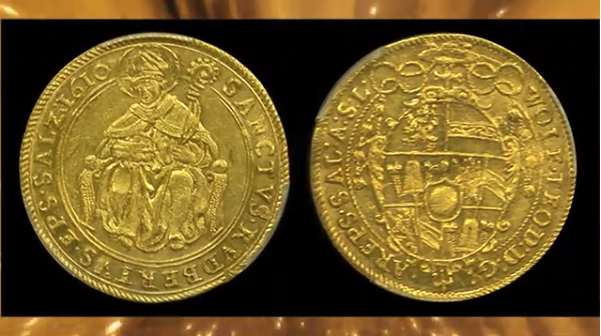
What an Austrian Ducat is worth
May 2, 2022
Many collectors wonder what an Austrian Ducat is worth. It is important to first understand what an Austrian Ducat coin actually is. The Ducat became a popular world traded coin. It was first introduced in the late 13th Century....
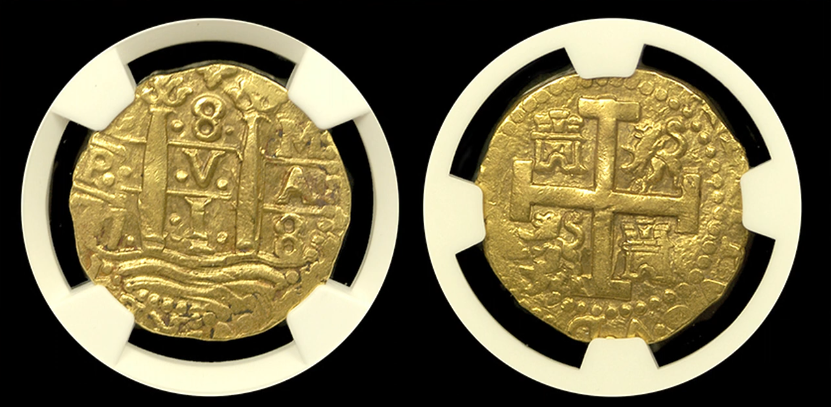
Gold Cobs are The Original Doubloons
December 17, 2021
Spanish Colonial gold coins salvaged from the 1715 Fleet off the east coast of Florida are called Gold Cobs. Gold Cobs are the original Doubloons. Therefore, the DoubloonRead More →
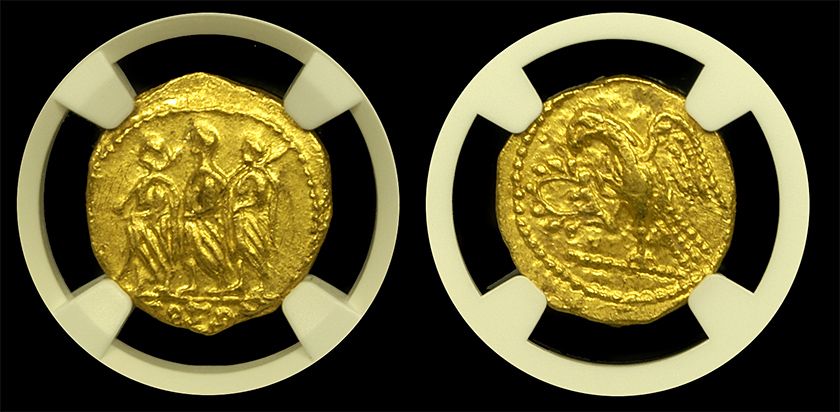
Why buy a Coson Gold Stater?
February 13, 2021
This Beautiful Ancient Coin
If some asks "why buy a Coson Gold Stater" you can answer, because you're looking for remarkable ancient coins. One that is gold and has tremendous value in the ancient coin market place. You can als...
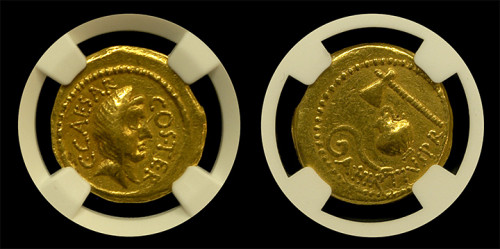
What is a Gold Aureus?
February 7, 2021
A gold coin of ancient Rome
What is a Gold Aureus? The Julius Caesar Gold Aureus was a gold coin&n...
